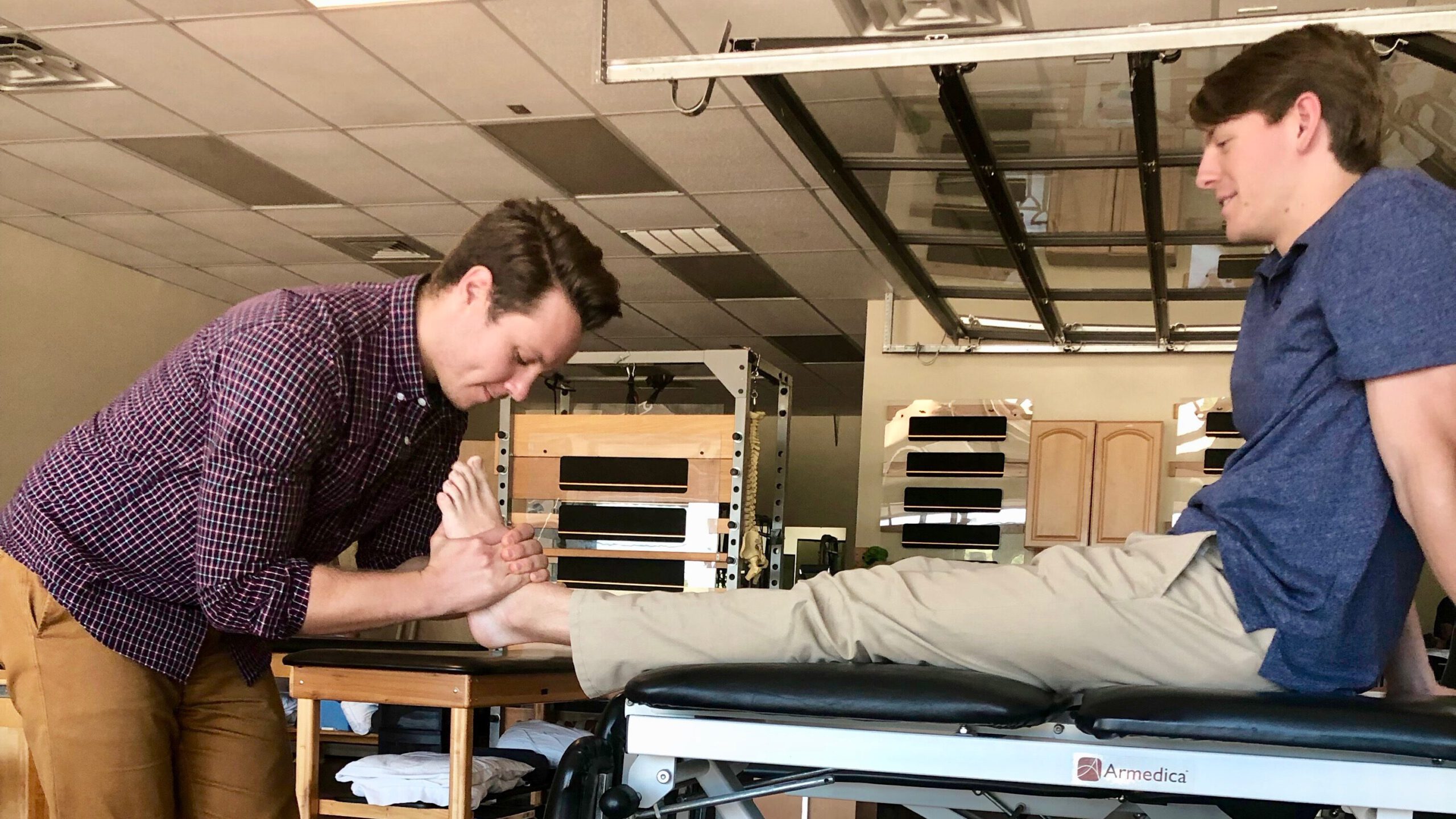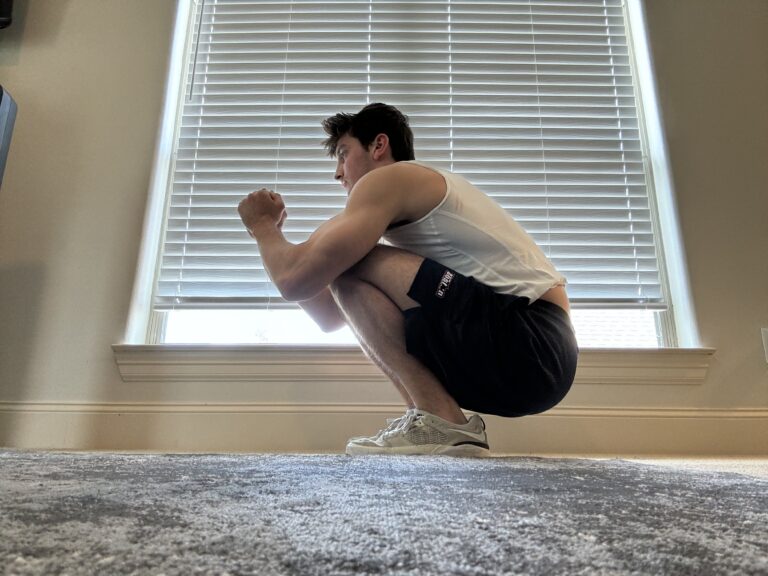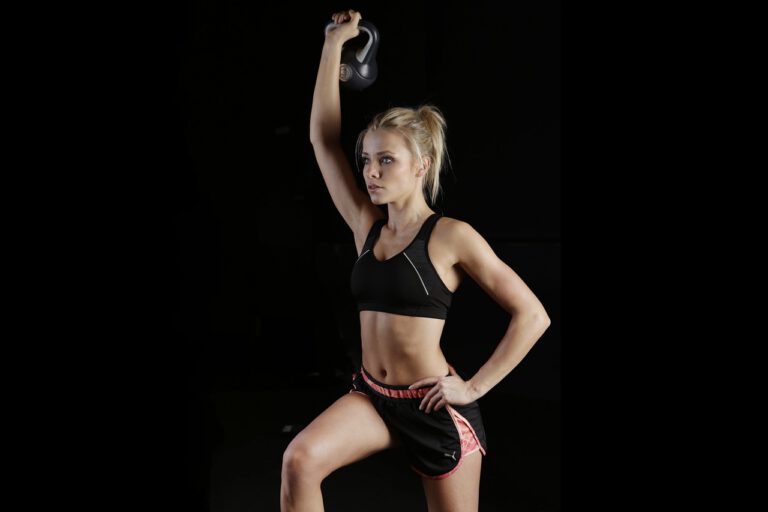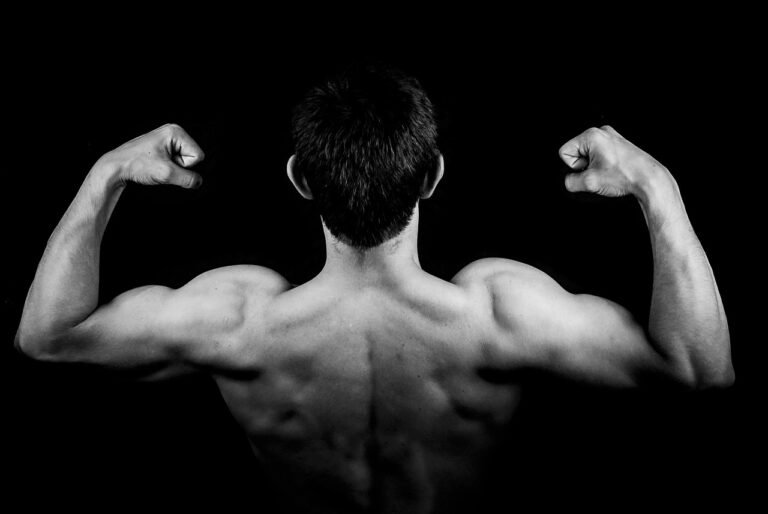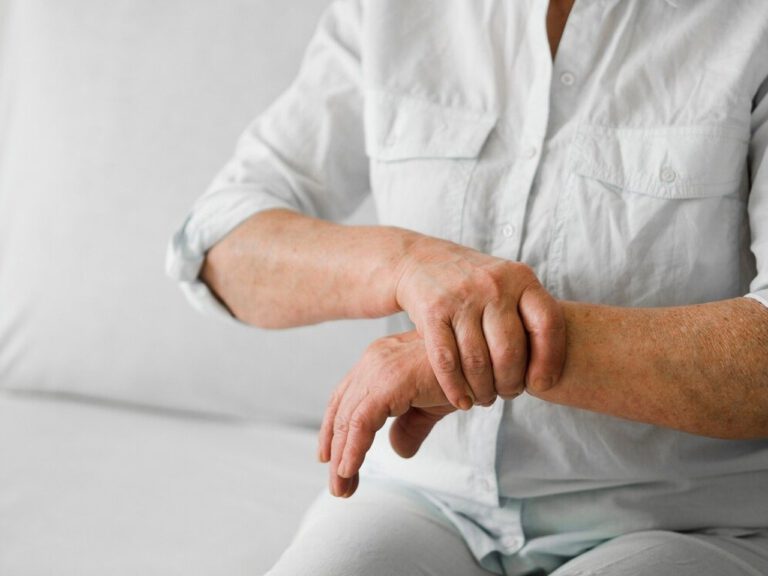Lower Extremity Tendinopathy
Current research has changed the way we approach tendon rehabilitation and many therapists (myself included) are switching up their treatment plans in favor of better results. When a tendon becomes pathologic, or reactive, 9 times out of 10 this is due to overload relative to the activity it is used to. Overload can be as simple as walking for 40 minutes when you typically don’t walk for recreation. On the other end of the spectrum, a vigorous workout like hill repeats can overload your tendon even if you typically run 30 miles a week on flat surfaces. With support of recent studies, rehab therapists are swapping passive treatments (like stretching) for more active and decompressive interventions.
“With support of recent studies, rehab therapists are swapping passive treatments (like stretching) for more active and decompressive interventions.”
Tendons have a very short memory- in just 10 days of rest, tendons will begin to forget what activity they have been doing and jumping back into an intensity of 11+ days ago can cause overload reactivity. In most people’s lower extremities, their achilles, posterior tibialis, hamstring, and gluteus medius tendons are most likely to be reactive. Reactivity in these tendons have hallmark signs- you may experience pain the morning after activity, pain with compressive positions, and pain that is pinpoint in nature. For example, achilles tendinopathy at its insertion will be painful with the first few steps in the morning, pain with walking uphill, and will be felt at a pinpoint region on your heel. Each tendon presents a little differently and has multiple differential diagnoses. Keep in mind not all heel pain or knee pain is a tendinopathy.
How do we treat these problems? The number one intervention we can do is progressively increase our load to the reactive tendon by bridging the gap between a normal day of activity and a more rigorous workout or activity. Tendons like to be active, but once they become reactive, we need to make sure you are receiving the proper dosage of exercise in relation to your activity goals. There are two big things you can do at home when your tendon becomes reactive. The first is to monitor stiffness the morning after activity, as this is a sign it has been overloaded. The second is to avoid positions of compression, which include deep stretching and prolonged pressure through the tendon (such as sitting on your hamstring insertion for too long, or even lying on your side with a gluteal tendon issue).
What does a program look like in general? We will keep using an insertional achilles tendinopathy for example. First, we need to get you out of the positions of compression. This may or may not include a small heel lift and taking out any deep calf stretching. Second, we will design an isometric program to decrease your pain. Isometric means repeated prolonged holds with a specific amount of rest in between. Once the tendon has decreased its reactivity, we need to start completing isotonic exercises (strengthening with movement). The progression will continue until we meet the demands for your lifestyle. For example, if you are a recreational walker, the tendon program may consist of only walking. However, if you are running 50-60 miles a week or are a high school football player, the program needs to include plyometric based activities to match what you are doing in your sport. We also need to address the movement pattern deficit that might be an underlying contributor to get you back to your activity with lower risk of re-injury.
Ultimately, rest will not improve your tendon’s capacity to take on the activities you want throughout the day. It will only help the pain when you are not completing activities that are meaningful to you. In combination with specific manual therapy to address joint or soft tissue mobility issues, a proper loading program overseen by a professional is the cornerstone of recovery. These problems are not easy and there is no quick fix. However, with good management, a STAR therapist can get you back to activities that are important to you!
